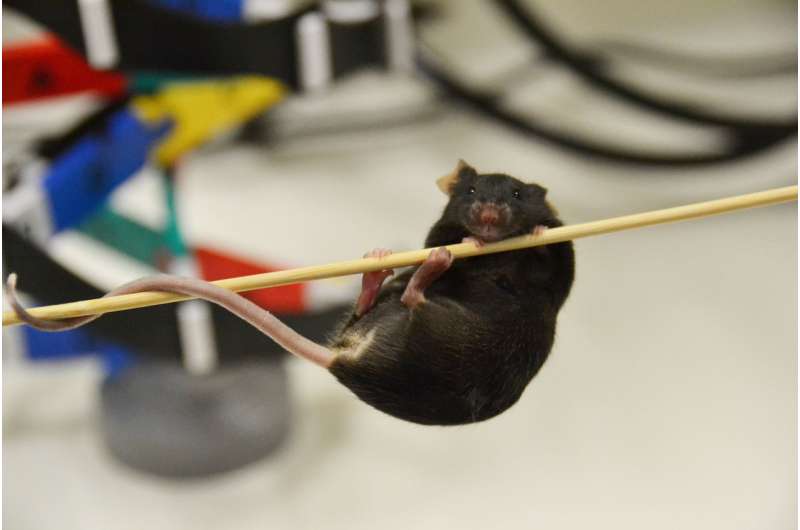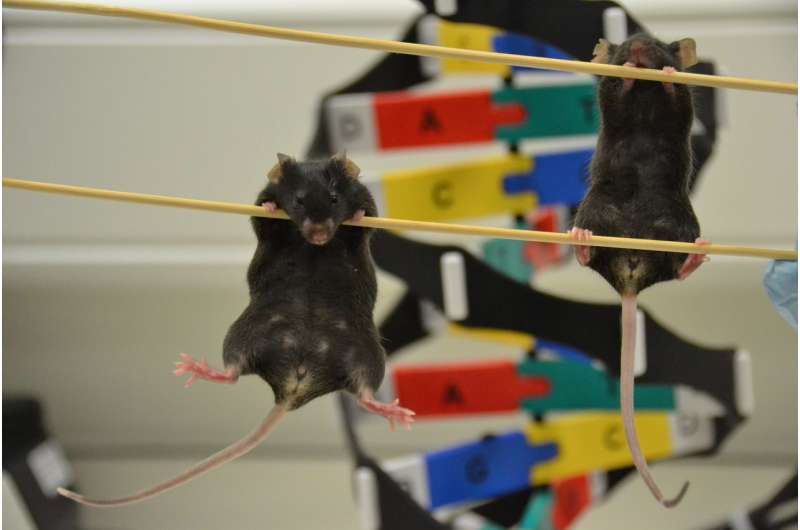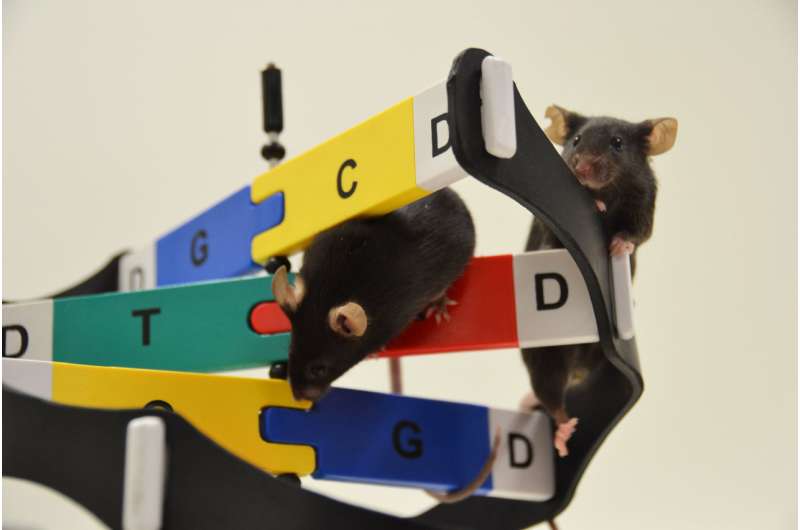Non-coding DNA changes the genitals you're born with

Male mice grow ovaries instead of testes if they are missing a small region of DNA that doesn't contain any genes, finds a new paper published in Science.
The study, led by researchers at the Francis Crick Institute, could help explain disorders of sex development in humans, at least half of which have an unknown genetic cause.
Mammals will develop ovaries and become females unless the early sex organs have enough of a protein called SOX9 at a key stage in their development. SOX9 causes these organs to become testes, which then direct the rest of the embryo to become male.
The amount of SOX9 produced is controlled initially by the SRY protein encoded by the Sry gene, which is located on the Y chromosome. This is why males, who have an X chromosome and a Y chromosome, usually develop testes while females, who have two X chromosomes, do not.
Only 2% of human DNA contains the 'code' to produce proteins, key building blocks of life. The remaining 98% is 'non-coding' and was once thought to be unnecessary 'junk' DNA, but there is increasing evidence that it can play important roles.
The latest study adds to this evidence, showing that a small piece of DNA called enhancer 13 (Enh13), located over half a million bases away from the Sox9 gene, boosts SOX9 protein production at the right moment to trigger testes development. When the team genetically removed Enh13 from male (XY) mice, they developed ovaries and female genitalia.

Enh13 is located in part of the mouse genome that maps directly onto a region of the human genome. People with XY chromosomes who are missing a larger DNA fragment in this region of the genome develop female sex organs, and this study could finally explain why this happens.
Experiments leading to sex reversal in mice are not new. In 1991, a team of scientists including Crick Group Leader Robin Lovell-Badge unveiled 'Randy' a chromosomally female (XX) mouse who developed as a male after the team introduced the Sry gene into the developing embryo.
"We've come a long way since Randy, and now for the first time we've demonstrated sex reversal after changing a non-coding region of DNA rather than a protein-coding gene," explains Professor Robin-Lovell Badge, senior author of the paper. "We think Enh13 is probably relevant to human disorders of sex development and could potentially be used to help diagnose some of these cases."
Dr. Nitzan Gonen, first author of the paper and postdoc at the Crick, says: "Typically, lots of enhancer regions work together to boost gene expression, with no one enhancer having a massive effect. We identified four enhancers in our study but were really surprised to find that a single enhancer by itself was capable of controlling something as significant as sex."

"Our study also highlights the important role of what some still refer to as 'junk' DNA, which makes up 98% of our genome. If a single enhancer can have this impact on sex determination, other non-coding regions might have similarly drastic effects. For decades, researchers have looked for genes that cause disorders of sex development but we haven't been able to find the genetic cause for over half of them. Our latest study suggests that many answers could lie in the non-coding regions, which we will now investigate further."
"We know that SRY has to act within a narrow time window and we think that Enh13 is far more critical than other enhancers because it is the one that acts early to boost Sox9 expression. There are others that can help drive Sox9 expression in the testis, but these are likely to be more important to maintain high levels rather to initiate them."
More information: "Sex reversal following deletion of a single distal enhancer of Sox9" Science (2018). science.sciencemag.org/lookup/ … 1126/science.aas9408
Journal information: Science
Provided by The Francis Crick Institute



















